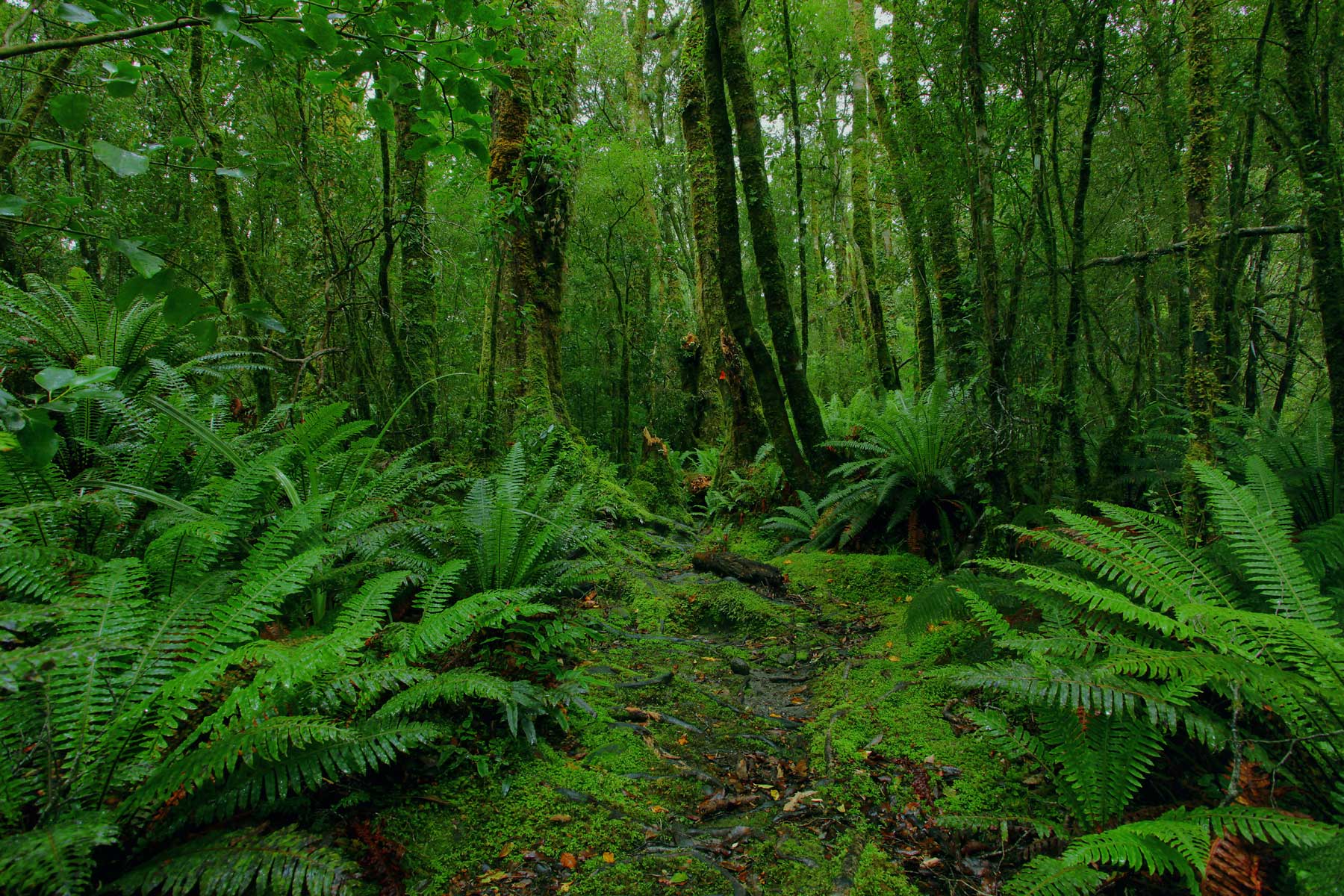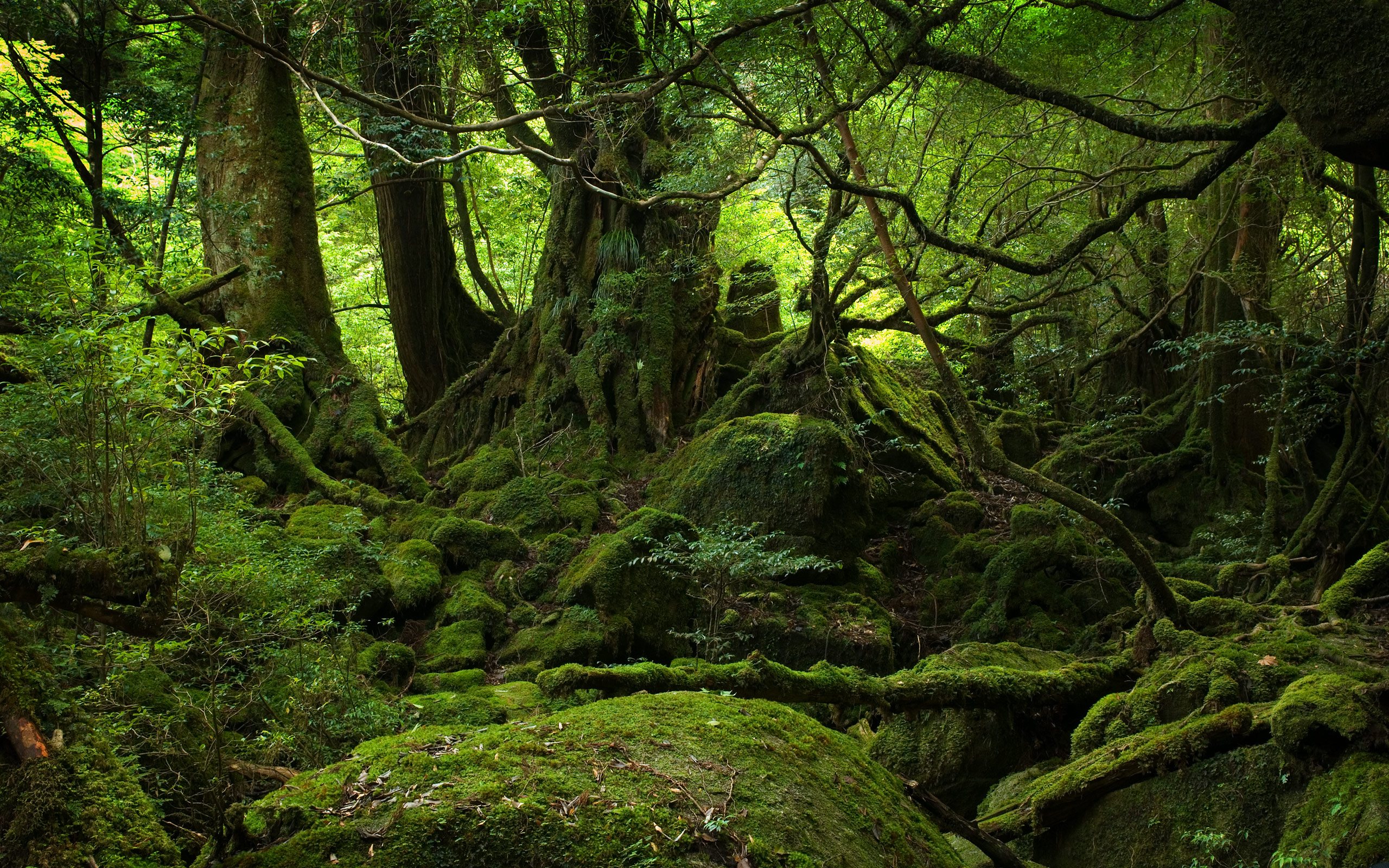Current Projects
- Helping with the ERAT urban trapping project:
Contact us if you want to start trapping at home as part of the ERAT Project or wish to help the ERAT Project in other ways. - Servicing traplines in the Northern Forest:
Traplines are serviced monthly and range from walking along the main tracks through to following routes through remote parts of the Park (requiring good bushcraft skills). All lines have a mix of possum traps, DOC200 stoat traps and Pelifeed stations to dispense rat poison. Some sites also have rat tunnel traps, Timms feral cat traps or A24 self-resetting traps. Training is provided in the use of the traps, especially the DOC200s. - Servicing traplines at the Parangarahu Lakes:
Traplines are serviced monthly and are accessed by biking along the coast road to the south of Eastbourne. From there traps are accessed either by walking or by mountain bike. Lines have a mix of possum traps and DOC200 stoat traps (training is provided). - Working in the Gracefield tree nursery:
Work parties are held on Friday mornings throughout the year. Extra sessions may be scheduled as necessary. Tasks include potting, weeding, movement of plants and general maintenance of the nursery. - Planting out trees at the Parangarahu Lakes:
Tree planting at the Lakes involves several trips in the winter months. Weather permitting, we travel in convoy in 4WD vehicles, and spend about 4 hours planting out trees. This involves digging small holes, unwrapping the trees and planting them firmly in the ground. Everyone brings their own lunch and Greater Wellington provide spades, protective gloves and hot drinks. - Helping with the Greater Wellington rodent monitor in the Northern Forest:
The rodent monitor is organised quarterly by Greater Wellington and undertaken by MIRO volunteers. Each monitor involves 3 visits over four days to a line of 10 monitoring tunnels to place and retrieve tracking tunnel cards. Lines are in the Northern Forest and are mainly off-track, so require good bushcraft skills. - Undertaking the annual 5-minute bird count in the Northern Forest:
5-minute bird counts are conducted each spring (October) at 40 stations around the Park, both on and off-track. Volunteers require good bird identification skills. Birds may be seen and/or heard. - Dotterel monitoring on the Eastbourne foreshore and at the Parangarahu Lakes:
Banded dotterel monitoring is one of our less strenuous projects, all you need is patience and binoculars. During the July to February nesting season we monitor two areas on a weekly basis. We walk slowly, stopping frequently to try to spot nests, birds, chicks and fledglings. One group checks the Eastbourne foreshore—they meet weekly at a designated time and place and spend around 2 hours walking the beachfront. Another group meets weekly and drives out to the Parangarahu Lakes and spend around 3 hours walking the nesting areas. Our philosophy is the more eyes the better, and even if you can only join us a few times, you are welcome to come along.
To get involved in any of these projects, email MIRO info@miro.org.nz.

